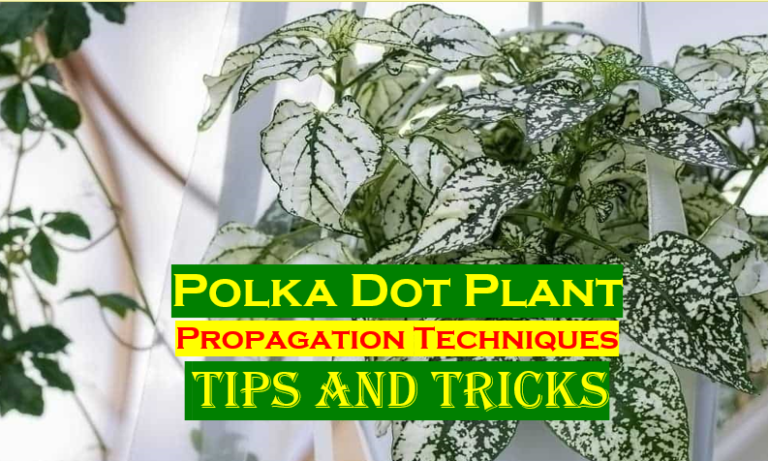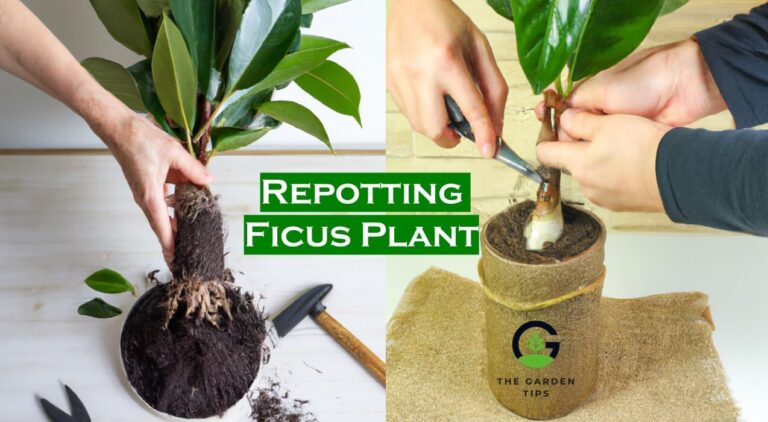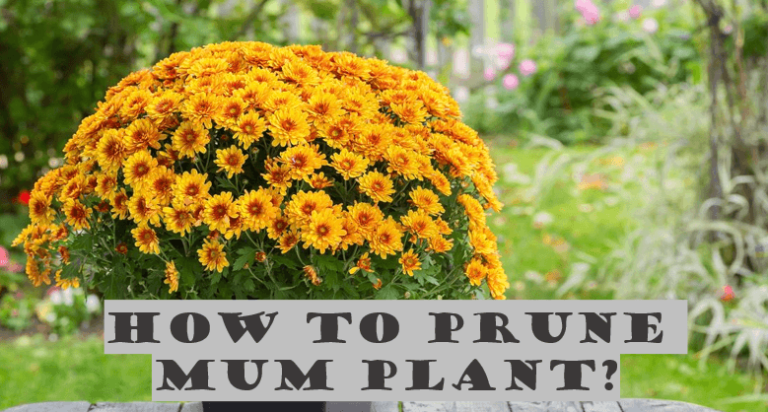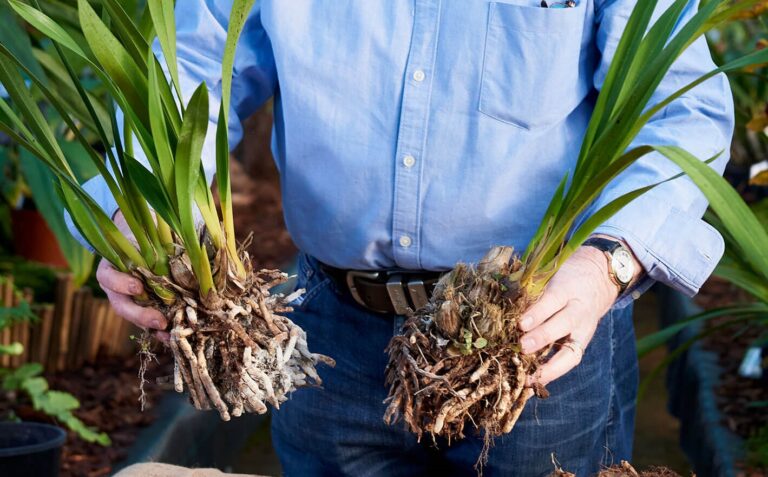If you have a Venus fly trap at your home, you must have experienced that growing and repotting Venus Fly Trap seems slightly challenging to grow and repot.
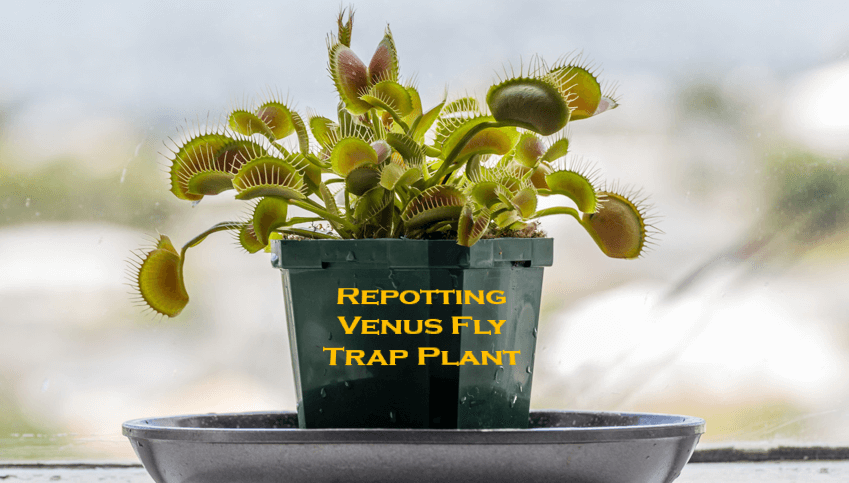
It is true because if these plants have the right conditions and temperature, they will thrive; otherwise, they can die. If you have this plant indoors in a pot, then potting and repotting might be challenging for you, and you want something easy and proper method to repot it.
Venus fly trap is a plant that can worry you if you are a beginner in gardening; you need to know how to repot this plant and make its growth more powerful and fresh. Get started with the repotting details:
Why Repotting Is Important for Venus Fly Trap?
For better growth of the Venus fly trap, it is a must to repot it after a specific time. Over time, the nutrients and other materials of the soil degrade, and the soil becomes old, meaning the plant’s roots will not get the proper care they need for growth.
When you repot the plant into a new pot or container, then it will provide fresh growing media for the plant and its roots that are needed. The plant will stay altered by repotting the venus fly trap. Additionally, when you bring the new Venus fly trap plant home, it will be good to repot it because it may have been watered with many impurities.
When you repot the new plant into a new pot, ensure clean and pure water that does not have impurities. It is how you can make your Venus fly trap plant’s growth healthy and correct.
When To Repot Venus Fly Trap?
To make the growth of your Venus fly trap plant good and healthy, repot it once a year. Once a year, it is necessary for the Venus fly trap plant to repot into the new soil and pot. There is no specific season for the Venus plant repotting; it can repot any time of the year.
It will be better if you repot the Venus fly trap plant between April to June because it is a time when there is no more winter dormancy, so the nutrients that plants need for new media are essential in that season. The fly trap plant will grow normally in the new pot or container after a few days.
You might not see any growth in the first few days of the repotting; it is normal. It is safe to repot the Venus fly trap plant throughout the year, but there are a few months in which you need to avoid it. Remember not to repot the Venus fly trap plant when flowers start blooming.
Material Needed for Repotting
The materials or tools that you will need for the repotting of the Venus fly trap plant are:
- Larger pot than the previous one
- Scissor or chopsticks
- Potting soil of Venus fly trap
Steps To Repot Venus Fly Trap
Repotting the Venus fly trap plant is not as challenging as people think, but you must be careful while doing the process. To repot the Venus fly trap plant, follow the following steps:
Step 1: Prepare the Soil and Pot
Grab the new pot with many drainage holes and prepare the potting soil to fill into the pot. Make sure to select the potting soil fresh and suitable for the plant; otherwise, your whole procedure will fail. The ratio of the soil must be 1:1 according to the size of the pot.
Step 2: Fill the Soil Into The New Pot
After preparing the potting mix, fill the soil in a new pot and sprinkle it with water. Mineral-free water or collected rainwater will be best to sprinkle. Do not overwater the soil; otherwise, the repotting will become difficult.
Step 3: Make A Hole Into The Soil
To repot the plant in a new pot, make a hole in the center of the soil. It is very easy to do; you can make a hole in the soil with your fingers. Use a finger to dig a hole in the center of the pot that must be deep enough to hide the full root system of the plant in it.
Step 4: Remove the Plant from Old Pot
You must remove the Venus fly trap plant from its old pot carefully. Make sure not to touch the plant’s traps because the plant will lose its energy if you do that. The root balls of the plant must remain undamaged during the whole process. Use chopsticks to separate the plant roots and remove the soil from them.
Step 5: Repot the Plant Into A New Pot
Now, you have to put the plant into the hole that you dig into the soil. Carefully place the plant in it, and then start filling the hole with soil. Pat the soil around the plant base and ensure the whole root system is inside the soil.
Step 6: Water It and Place it In the Proper Condition
After repotting the plant, water it thoroughly to ensure it gets the required water. Water the plant enough to see the water leaking from the drainage holes. Place the pot in the proper condition and temperature.
Post Repotting Care for Venus Fly Trap
Venus fly trap plant does not require much caring maintenance. Place the plant in indirect sunlight, as it needs filtered light. Never place the plant in bright sunlight; remember it, especially in summer. Water the plant after every 2 to 4 days, and make sure to water it before the soil dries out. Always place the Venus fly trap plant at a temperature between 68 degrees F to 76-degree F.
Conclusion
If you have a Venus fly trap plant at your home, repotting it must be a question for you. As you have read in this article, repot Venus fly trap is not as challenging as you have thought. You can do this whole process according to the details I have mentioned in the article. Stay connected with us for more information.
FAQs
What Kind Of Soil Do You Use To Repot A Venus Fly Trap?
Peat moss and Sphagnum are the best for venus fly trap plants. You can mix them in orchid bark or silica sand to prepare the best potting soil for the plant. Some gardeners use charcoal to remove the salts in the soil.
Do Venus Fly Traps Need Big Pots?
The size of the pot must be according to the plant’s requirements. Venus fly trap plants grow best in pots with the size 3″. But if your plant has grown taller, then using a pot of size 4″ or 6″ is better. pitcher plants grow well in 4″ pots.
Do Venus Fly Traps Need Full Sun?
Growing the Venus fly trap plants outside in the full sun in the growing season is good for it. This plant needs direct sunlight for almost 6 hours daily for efficient and vigorous growth. If there is no garden or lawn outside your house, providing indoor direct sunlight for 4 hours or filtered sunlight for the rest of the day is best.



